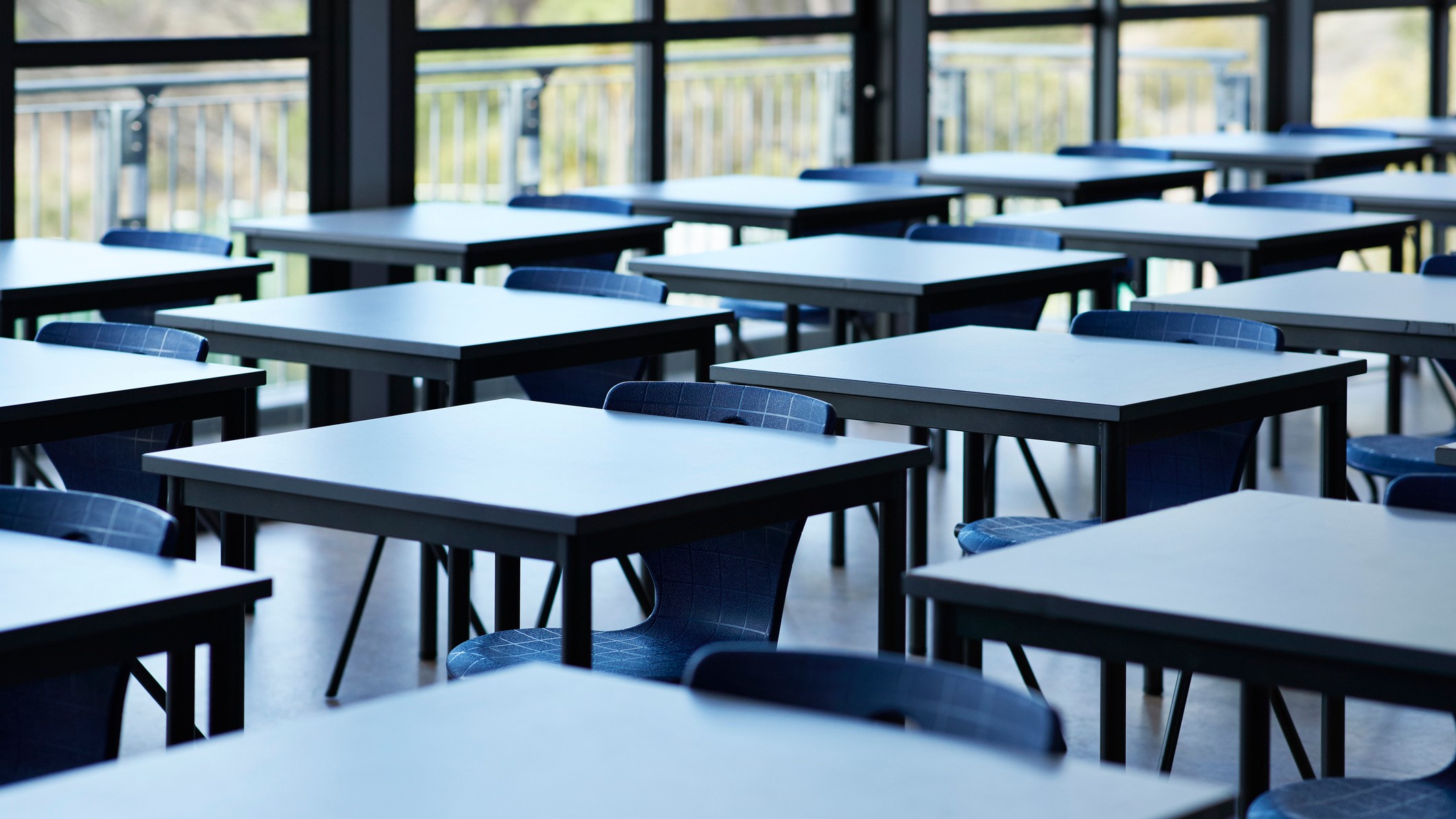A group of 150 students from Irvine public schools could become the first teenagers on the West Coast to successfully launch a satellite into orbit.
After working on building every part of the satellite after school for almost a year and a half, the students finished positioning it into an orbital deployer Wednesday. They are now shipping it to India, where it will be launched into space at the end of August.
"The feeling is really surreal and kind of incredible," said Taekyoo Won, a senior at Woodbridge High School who worked on coding the satellite and helped put it together. "I got to actually put my hands on it and assemble something that's going to be orbiting around the Earth."
If all goes as planned, the small satellite — which is the size of a half-gallon of milk — will enter the Earth's orbit where it will take pictures of Venus and bright navigation stars, like Polaris and Sirius-A.
A group of about 20 to 30 students from six of Irvine's public schools each worked on a different aspect of building the satellite as part of a competitive extracurricular program started by the Irvine Public Schools Foundation. Students at Woodbridge High School worked on the hardware and software of the satellite so that it could communicate back to the students once in orbit and Irvine High School worked on the electric thruster that will help push it into space.
"This is the first time it's ever been done as a collaboration," said Neda Eaton, President and CEO of the Irvine Public Schools Foundation, which gave $150,000 to start the program. "Usually one high school does it and it fails. It's too much for one school."
The students at each school worked on the satellite, known as a CubeSat, at least three hours a week, but Won noted that once he got invested in the project he soon found himself spending more time on it, and learning quickly.
News
Top news of the day
When he first got code from Cal Poly San Luis Obispo to adjust for their satellite, he could barely understand what he was looking at. Now, he can read almost all of it and is set to be the software team captain for next year's program.
And Won wasn't the only one of the students to advance quickly — when some of team members called a consultant at Tyvak Nano-Satellite Systems to get feedback about their project, he asked them what university they taught at as professors.
"This is not an experience you would normally be able to get at this age," Eaton said. "They are doing CubeSats usually at the professional-level or at elite universities."
The advanced nature of the project has caught the attention of several big names in technology.
Last month, Google agreed to sponsor the program. NASA has also selected the high schools to join them on a launch, meaning that next year's satellite, Irvine 02, will be launched from somewhere inside the United States instead of in India.
But in the meantime, the students are anxiously waiting to see if their satellite will make it into the Earth's orbit when it's launched next month.
"I really really hope that it goes well, but we were the first group to do this," Won said. If it fails, we had a good learning experience."



